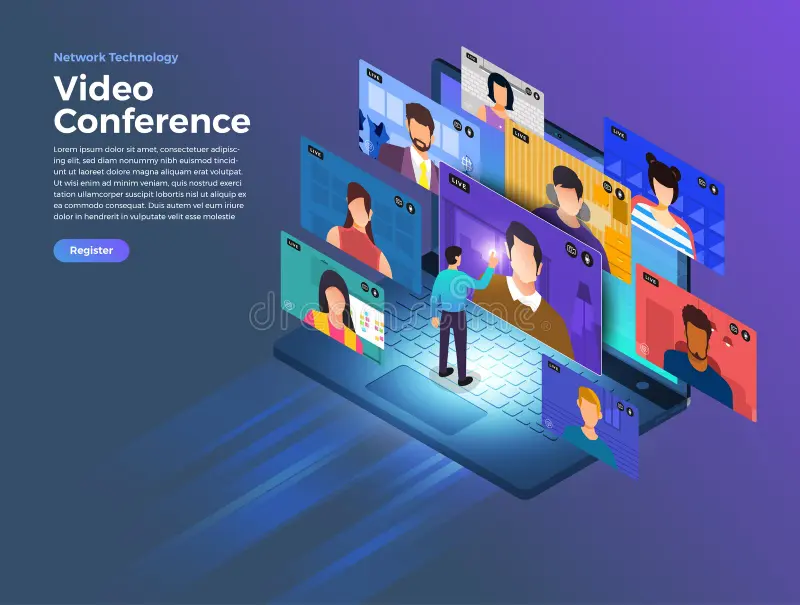Video Conferencing
Video Conferencing: Transforming Modern Communication
Introduction
In today’s digital-first world, video conferencing has become an essential tool for businesses, educators, healthcare providers, and remote teams. It enables real-time communication through audio and video over the internet, offering a more personal and effective alternative to phone calls or emails.
With the rise of remote work and global collaboration, video conferencing is not just a convenience—it is a necessity.
What is Video Conferencing?
Video conferencing is a technology that allows two or more people in different locations to communicate through live video and audio. It typically includes features such as screen sharing, file exchange, real-time chat, meeting recording, and virtual backgrounds.
Users can connect through smartphones, computers, or dedicated conferencing hardware, making it highly accessible across all industries and team sizes.
How Video Conferencing Works
Video conferencing platforms use a combination of:
Webcams and microphones to capture the participant’s video and voice
Codecs to compress and decompress data streams in real time
Internet or private network connections for transmitting the signal
Cloud servers or peer-to-peer networks to manage the data routing
Display screens and speakers to output the conversation
Most modern systems also offer encryption to secure the data and ensure privacy.

Key Features of Modern Video Conferencing
High-definition video and audio quality
Screen sharing for presentations and collaboration
Meeting recording for documentation and training
Real-time chat and file sharing during calls
Calendar and email integration for scheduling
Breakout rooms for group discussions during webinars or workshops
Virtual backgrounds and layout controls for professional appearance
Benefits of Video Conferencing
Cost Efficiency
Reduces or eliminates the need for travel, lodging, and in-person meeting expenses, making it highly cost-effective.
Improved Communication
Supports more natural interaction compared to emails or phone calls, increasing team alignment and decision-making speed.
Remote Work Enablement
Enables flexible and productive collaboration for distributed teams, freelancers, or remote employees.
Enhanced Client Engagement
Builds trust and better relationships by enabling face-to-face communication, even with clients in other regions or countries.
Scalability
Suitable for small team meetings or large global webinars, with adjustable capacity based on business needs.
Industry Applications
Corporate and Enterprise
Used for daily meetings, internal updates, and executive briefings.
Education
Supports virtual classrooms, student-teacher interaction, and hybrid learning.
Healthcare
Facilitates telemedicine, remote diagnostics, and health consultations.
Legal and Consulting
Provides a secure platform for remote consultations, client meetings, and case discussions.
Government and Non-Profits
Used for virtual press briefings, policy discussions, and remote public outreach.
Top Video Conferencing Platforms (2025)
Zoom
Microsoft Teams
Google Meet
Cisco Webex
BlueJeans
GoTo Meeting
Jitsi Meet
BigBlueButton
Each platform offers unique strengths in terms of integrations, security, and scalability.
Security Considerations
Security is a key concern in video conferencing. Businesses and institutions should ensure their platform provides:
End-to-end encryption
Role-based access control
Password-protected meetings
Waiting room features
Compliance with data regulations such as GDPR, HIPAA, or ISO 27001
Emerging Trends in Video Conferencing (2025 and Beyond)
AI-powered features such as live transcription, automatic meeting summaries, and smart noise cancellation
Integration with hybrid meeting room setups for seamless remote and in-office collaboration
Augmented and virtual reality enhancements for immersive meetings
Hands-free controls through gesture and voice recognition